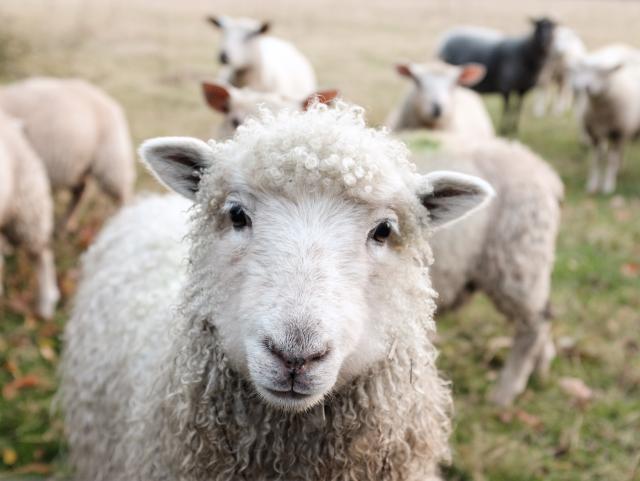This year, Australia’s sheep flock and its breeding ewe numbers reached their highest levels since 2007 at 78.75 million and 46.14 million head respectively, according to the latest Sheep Projections update from Meat & Livestock Australia (MLA).
It comes following three consecutive years of above-average rainfall in Australia’s sheep regions, which has driven an exceptional recovery post-drought and translating into the growth of the flock.
MLA senior market information analyst Ripley Atkinson said the outcomes of this improvement in sheep numbers will deliver strong volumes of finished-weight stock to market.
“With improved genetics and on-farm management driving historically elevated carcase weights, we will see record lamb production and export volumes, as well as high mutton production,” he said.
“This will ensure that Australia can continue to meet its domestic and ever-increasing global demand for high quality sheep meat.”
Carcase weights in 2023 will remain 7 per cent above the 10-year average. Lamb carcase weights are projected to ease to 24.7kg in 2023 and continue to decline to 24.2kg in 2025, while sheep carcase weights are expected to ease to 25.2kg in 2023, 3 per cent higher than the 10-year average.
With carcase weights forecast to remain stable over the next three years, this will support high lamb and mutton production forecasts out to 2025. A move towards meat breeds and improvements in management and genetics are also behind the long-term trend of higher carcase weights.
Lamb production is expected to reach 540,000 tonnes in 2023, still beating 2022’s record production of 534,500 tonnes.
Production will continue to increase in 2024 to 548,000 tonnes and then ease in 2025 to 537,000 tonnes after successive years of high mutton slaughter reducing lamb supply.
Mr Atkinson said that the supply of lambs entering the market will continue to flow through the system with another good lamb drop expected this season.
“This will allow for continued high slaughter numbers, flowing through to increased production in 2023 and 2024,” he said.
Mutton production has been revised upwards on MLA’s February projections to 197,000 tonnes in 2023. This follows strong weekly kill numbers in the first half of 2023 as processors prioritise mutton slaughter over lamb slaughter.
In a further expansion of price forecasts by six industry analysts, MLA has included a three-month price forecast to September 30 for both the National Trade Lamb Indicator and National Heavy Lamb Indicator in its latest Sheep projections.
Based on current prices, analysts are forecasting an improvement in prices for both indicators between now and the end of September.
Increased production and slaughter volumes within Australia, coupled with changing dynamics in key rival markets, will cement Australia’s place as the number one exporter of the world’s sheep meat.
Lamb and mutton from Australia and New Zealand represented over 70 per cent of internationally traded sheep meat in 2022.







